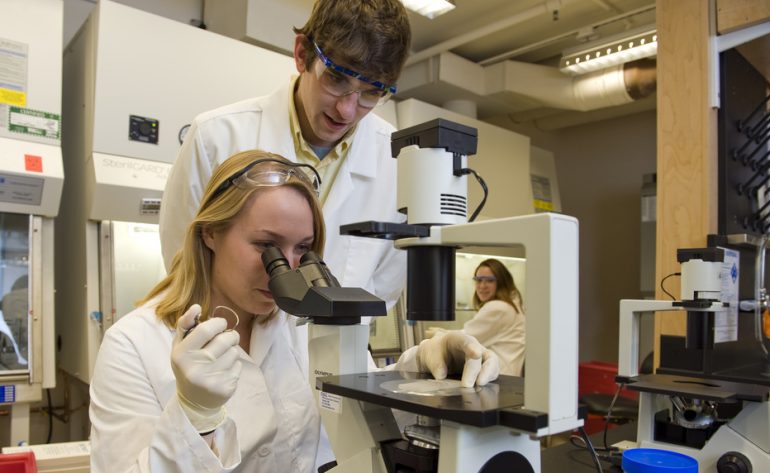His scientists MIT University of the USA created a new material, which is stronger than steel, but light as plastic.
The achievement was made possible by something that was considered impossible until now: A new process polymerization into a two dimensions. The new material can, in fact, be easily produced in large quantities.
The researchers, led by Professor Michael Strano of the Department of Chemical Engineering at MIT, who published the paper in the journal Nature, created a two-dimensional polymer που self-assembled in successive sheets, unlike other polymers that form one-dimensional "spaghetti" type chains. Until now, scientists considered it impossible to "force" polymers to form two-dimensional sheets.
The new material could be used as a lightweight but durable coating on car parts, as a building material for bridges or other structures, as well as in other applications (eg military). As Strano put it, "we do not usually think of plastics as something we can use to support a building, but with new material we can do new things thanks to its very unusual properties."
Polymers, which include all plastics, are made up of chains of monomers, which can be grown by adding new molecules to their ends. Once formed, the polymers can be formed into three-dimensional objects (e.g. water bottles).
Experts in polymers have long believed that if they could form two-dimensional sheets, they would create lightweight but strong materials, something that now - for the first time - has become a reality, after decades of fruitless research that have disappointed them. researchers and had led them to the conclusion that such a thing is impossible. Thanks to the new polymerization process discovered at MIT, it is now possible for monomers to form two-dimensional polymers in the form of disks that are "stacked" on top of each other, with hydrogen bonds holding the disks together and giving stability and strength to the whole. structure. This creates thin films that can be mass-produced.
As his tests have shown, the new material has only 1/16 of the density of steel, but to break it one must exert twice as much force as on the steel to break the latter. It is also impermeable to gases or water, which is not the case with other polymers. Researchers have already filed two patents for new technology to patent their invention.
